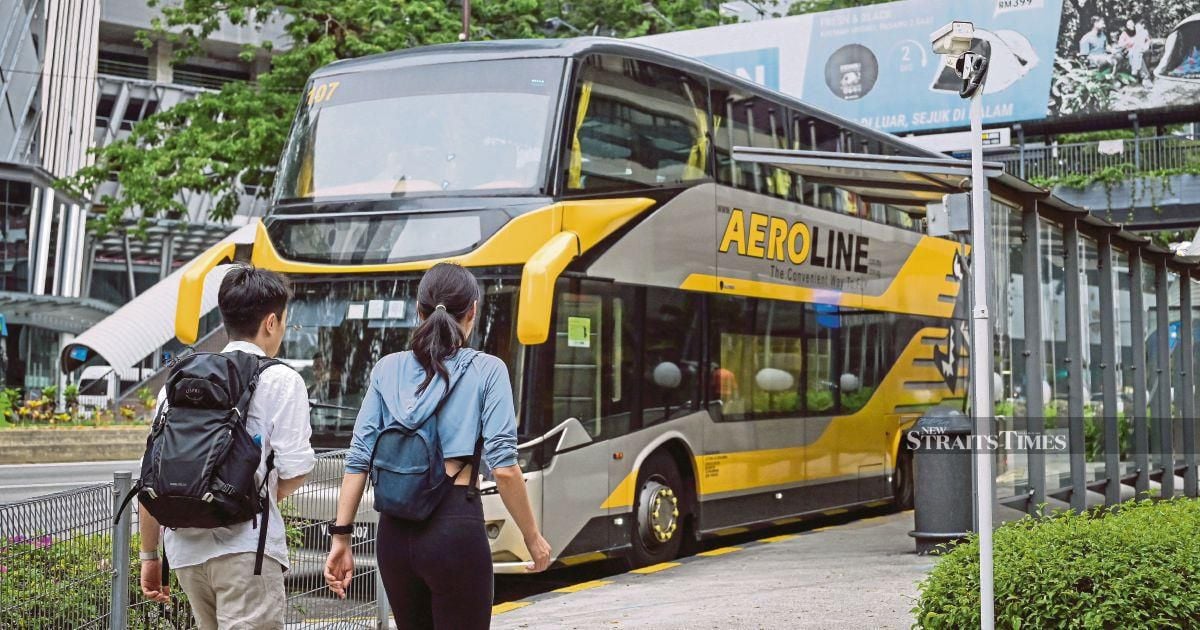IT’S understandable why passengers love decentralised express bus pick-up points — for example, Aeroline operates convenient service points at Corus KLCC, 1 Utama and Sunway Pyramid.
However, decentralised pick-up points have downsides. They can concentrate traffic and cause congestion, lead to inefficient land use and create bottlenecks when terminal flow is disrupted.
The Land Public Transport Agency (Apad) ordered Aeroline to relocate its 23-year pick-up points to Terminal Bersepadu Selatan (TBS), citing the need for centralised efficiency and fairness to other operators.
Aeroline objected to the order and continued its operations. As a result, Apad ordered a suspension of the company’s trips from Nov 6 to Dec 5.
Apad says it takes passenger grievances seriously, but remains firm that consolidating long-distance bus operations at TBS is necessary to maintain TBS’ role as an intercity travel hub.
A centralised terminal functions as a transport hub, connecting long-distance buses with other modes, such as trains and feeder buses. The convenience is clear: passengers can change routes more easily and use centralised ticketing and online booking, comfortable waiting areas, restrooms and food kiosks.
A well-managed terminal also improves security and operations, and can boost economic activity in the surrounding area.
It’s obvious that TBS is a far cry from the days of the old, exhaust-choked Puduraya bus terminal.
However, some have questioned TBS’ location, calling it “traffic jam central” and arguing that rail and feeder bus links are not yet convenient enough.
The social media outcry by passengers over Apad’s move shows a need for greater planning and stronger public engagement to secure buy-in.
Authorities must remember that Malaysians value convenience and accessibility — exactly what Aeroline’s current pick-up points provide.
Undoubtedly, Apad’s vision for a centralised system paves the way for seamless interchanges and better facilities. But a centralised system that improves local accessibility and reduces central congestion may better support organic urban growth.
To justify its vision, Apad must make public clear route plans and roll out real-time information systems and coordinated feeder services.
We won’t know the outcome just yet. Alternatively, Apad could have a hybrid approach, using strategically located regional hubs complemented by well-equipped stops.
© New Straits Times Press (M) Bhd






